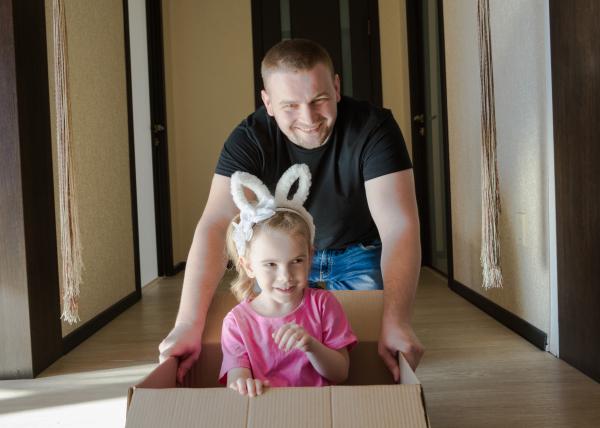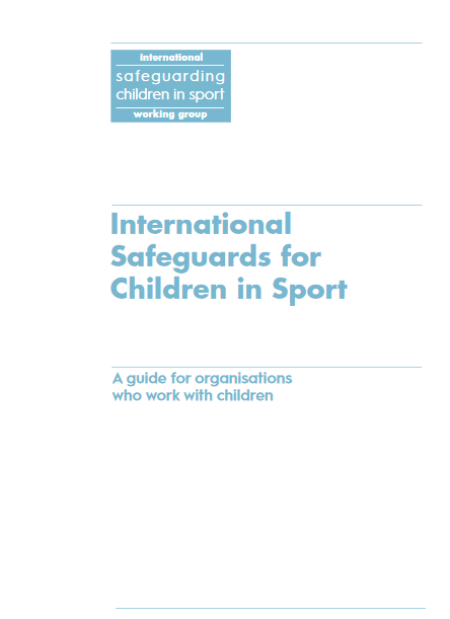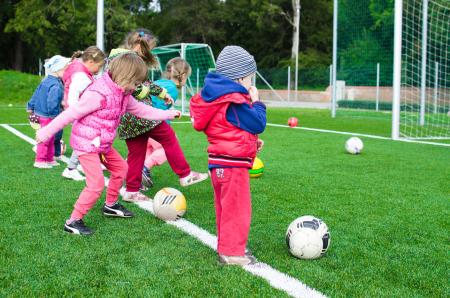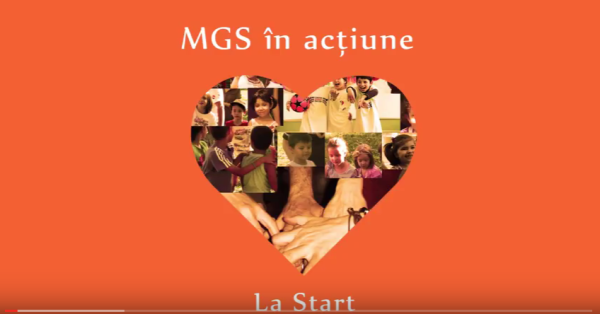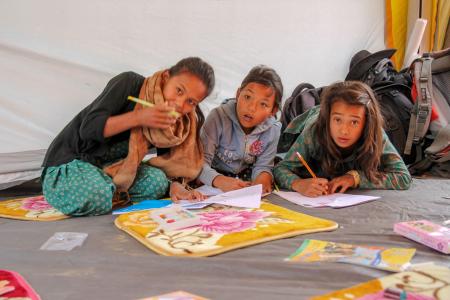
Kupakwashe Desmond Mukurumbira, Board Member of UNICEF, has written a piece on key relationships in safeguarding in sports. It outlines seven key relationships which safeguarding in sport experts should understand, manage and develop for successful formulation and implementation of safeguarding in sports initiatives.
1. Sport Organisation to Sport Organisation: for example, relations between national sports federations with regional, continental and international federations.
2. Sports Organisation to Government/Quasi-Government Institutions: government plays a regulatory role in the nation, and violations of safeguarding often have serious legal implications that require a good relationship with law enforcement and government institutions.
3. Sport Organisation to Safeguarding Organisations: non-governmental safeguarding organisations can help sports organisations develop robust safeguarding systems, and the collaboration can benefit financial, human, educational and physical resource sharing.
4. Sports Organisation Employee to Sports Participants: maybe this is the most obvious, as the employees of the organisations are the most important component of a safeguarding system; they determine the perception of participants. Investment needs to be made into their training.
5. Sports Participants to Sport Participants: we know how damaging bullying, racism, emotional or physical abuse can be, especially when perpetrated by fellow participants. Sports organisations need to build an atmosphere that fosters tolerance, friendship, and mutual understanding.
6. Parents of Sports Participants to Sports Organisations: parents are gatekeepers who play a critical role in protecting, preventing, promoting and empowering participants with safeguarding knowledge. Sports organisations interact with participants under the consent of their parents. Sports organisations need to work with them closely.
7. Sports Organisations to Sports Stakeholders: sports organisations need to nurture their stakeholder base, which includes the community, the public, and all of the above players.



